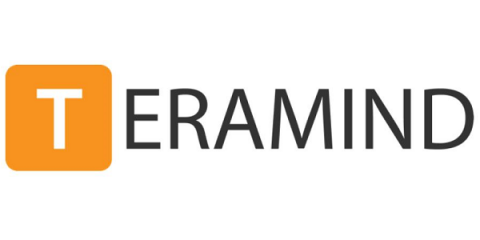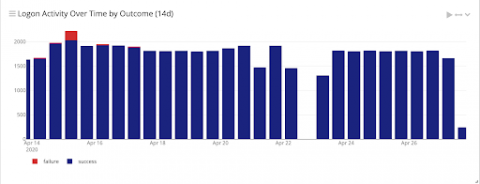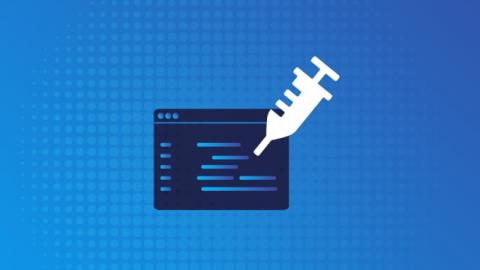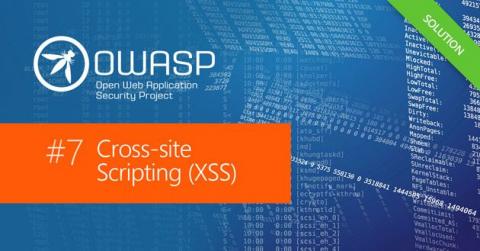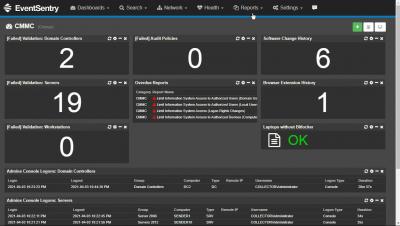Don't be the weak link in your customers' supply chain security
To solve the supply chain security dilemma, producers must get back to security basics. Get best practices for securing your supply chain. Nobody wants to be known as the weak link in the chain—any chain. But too many organizations are at risk of being just that in the digital supply chain because they haven’t made the cyber security of their products a priority. The most recent evidence of that is the SolarWinds/Orion cyber attack that impacted more than 18,000 organizations.



